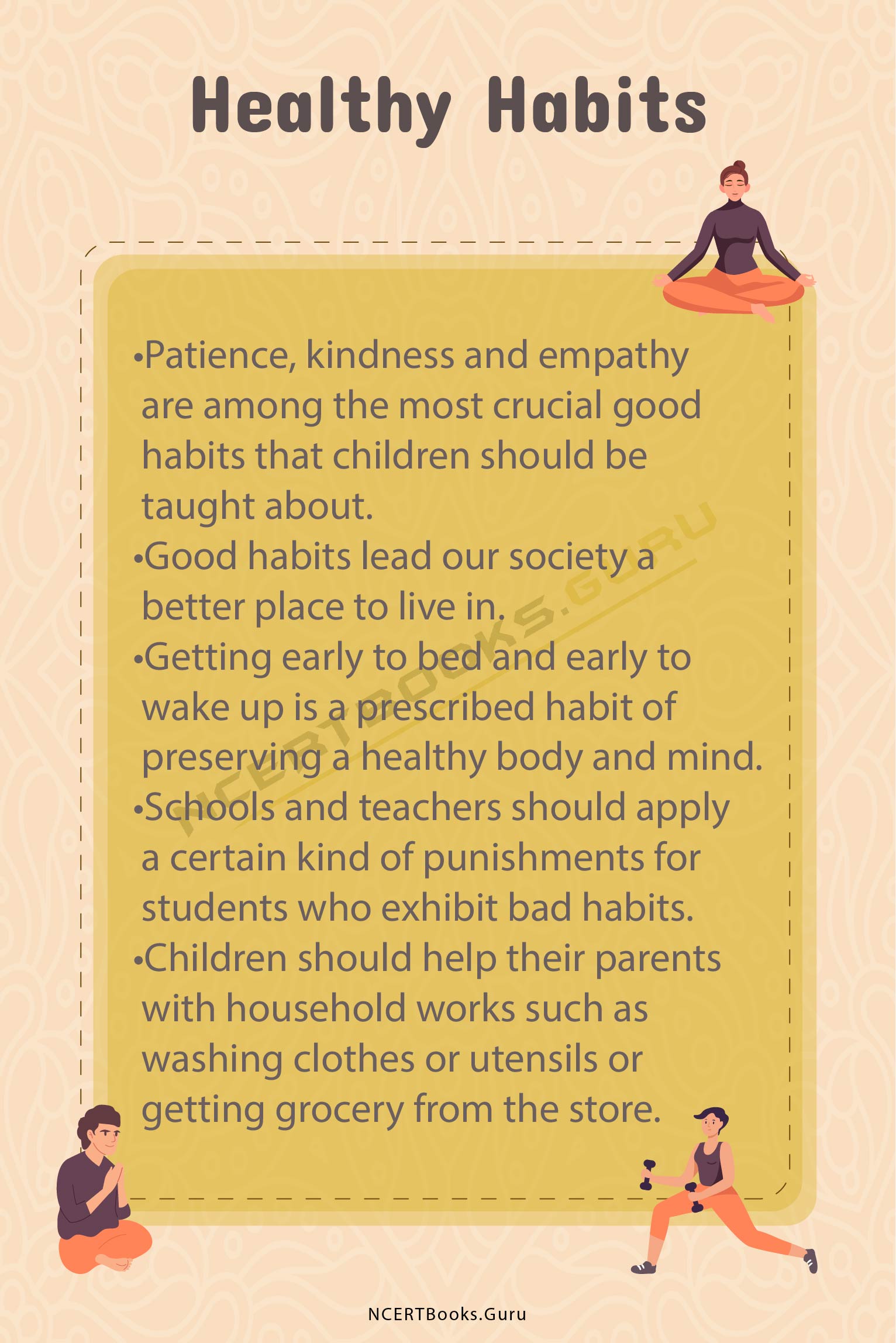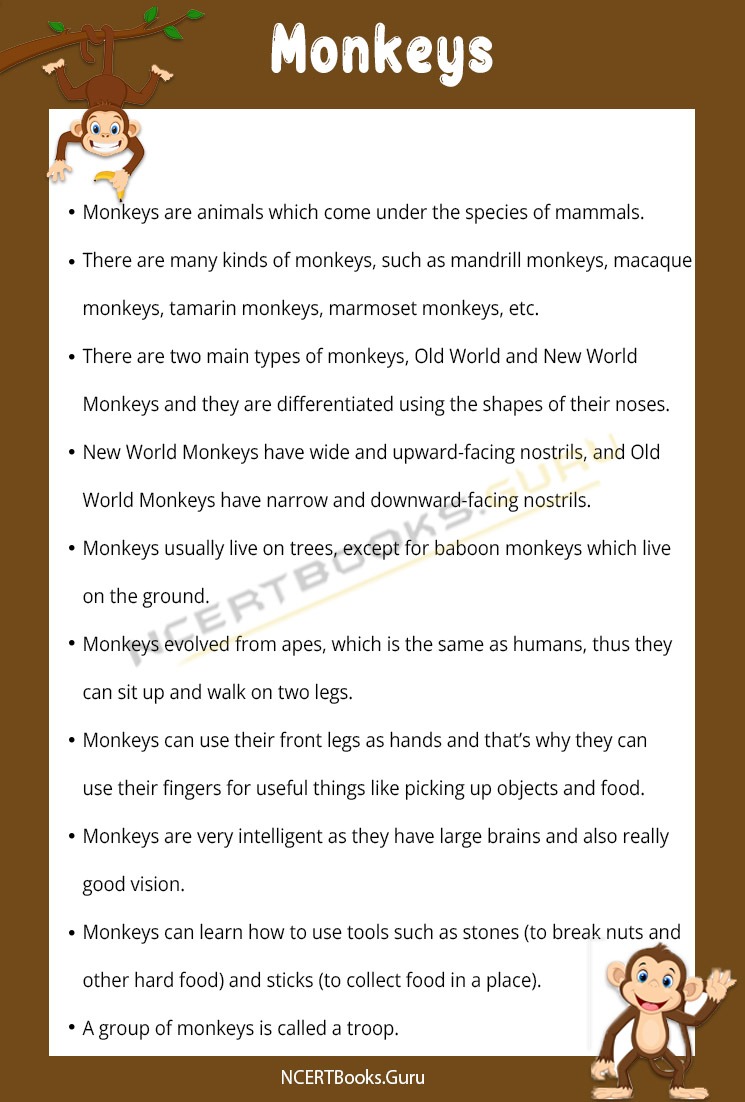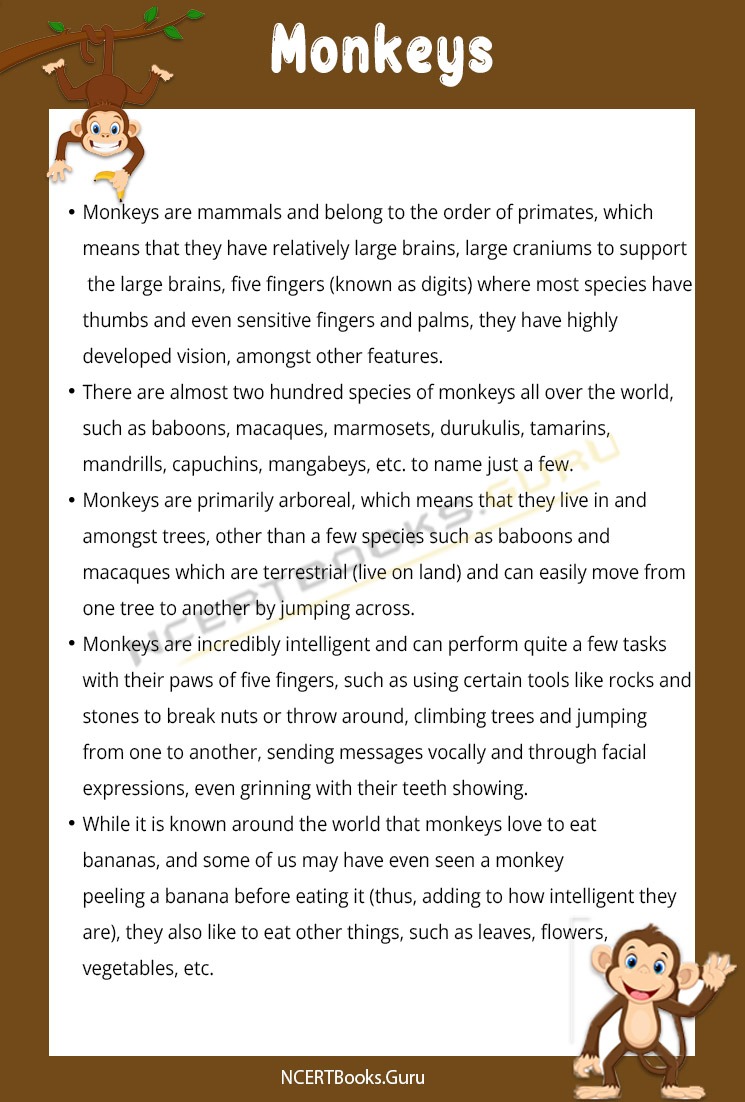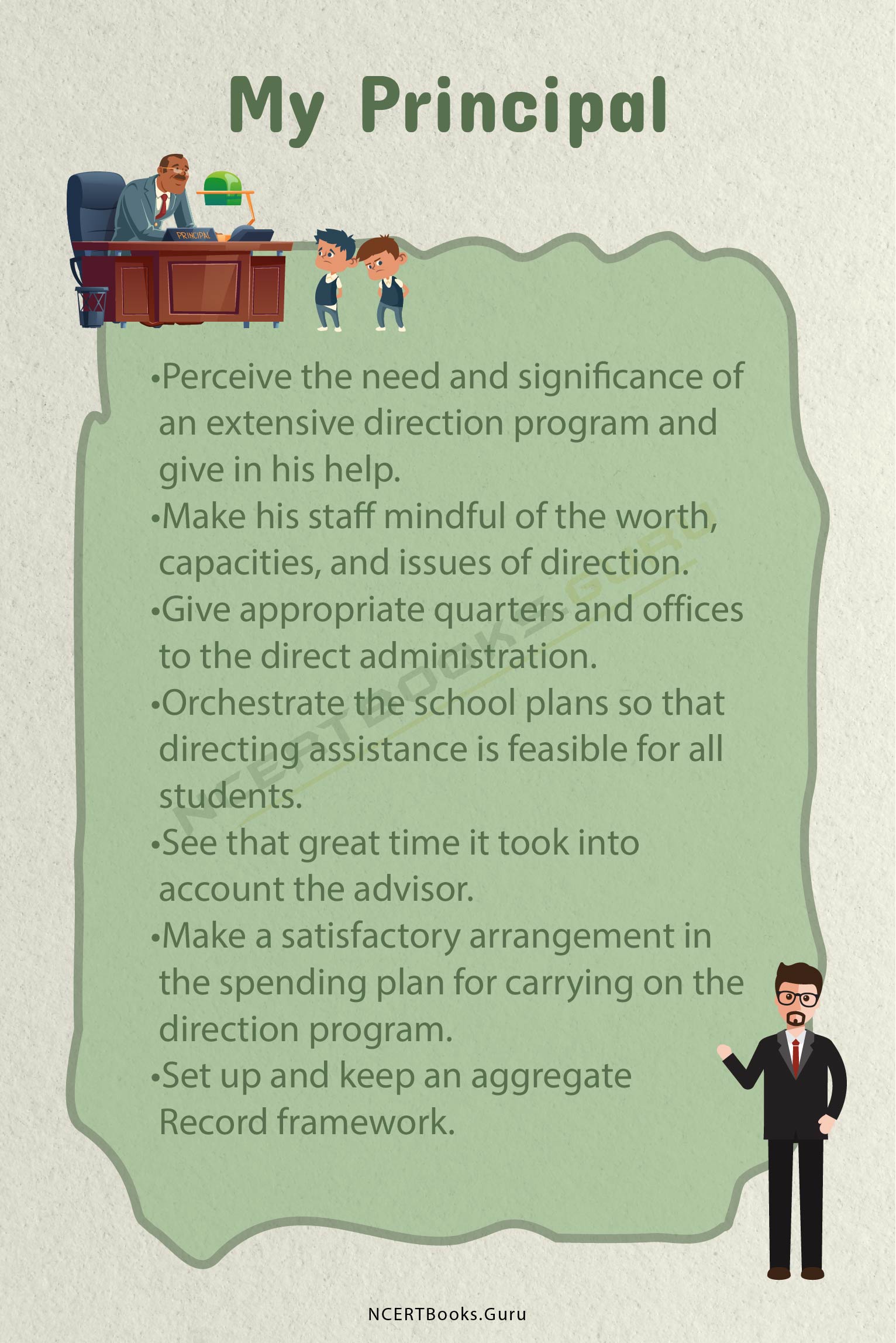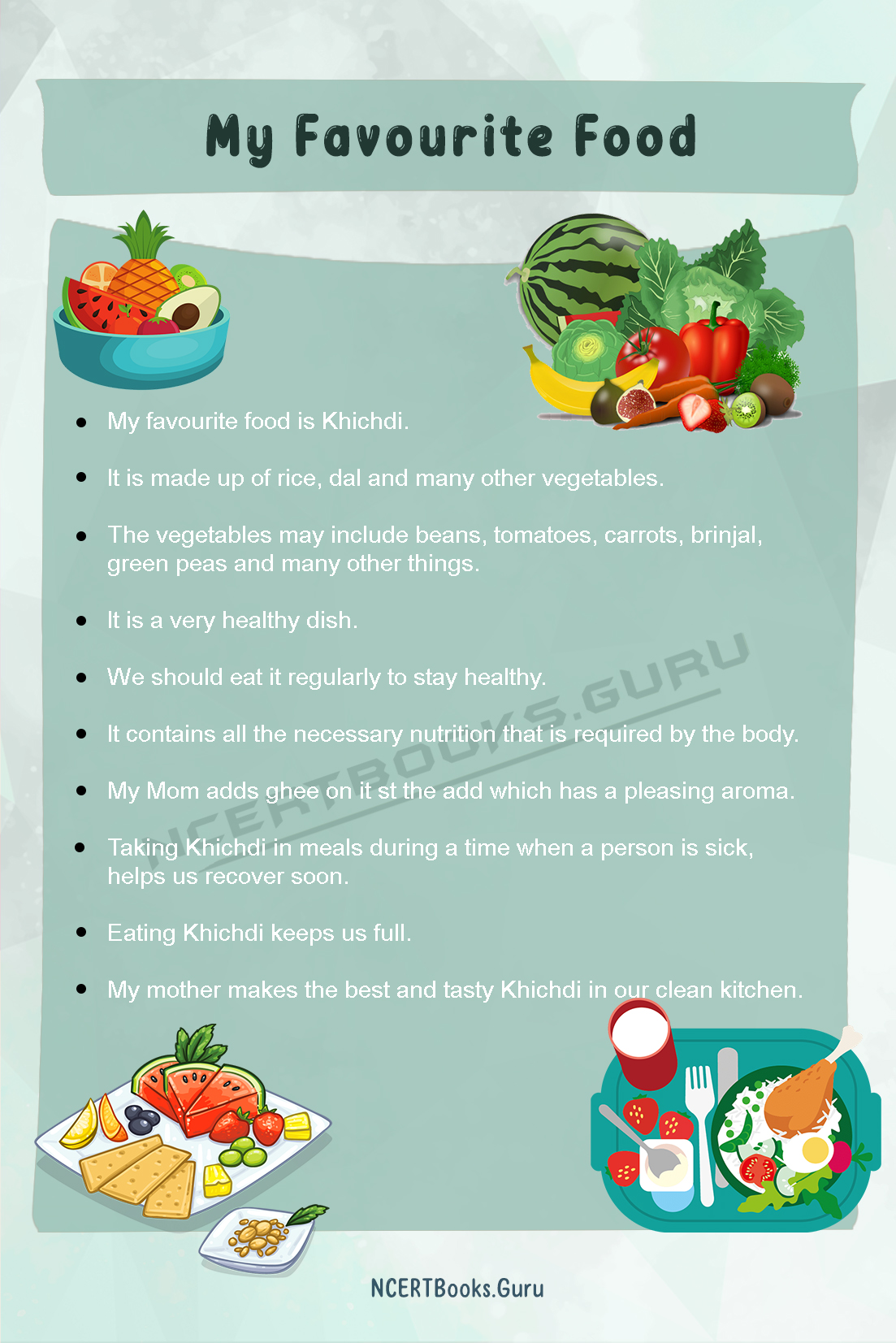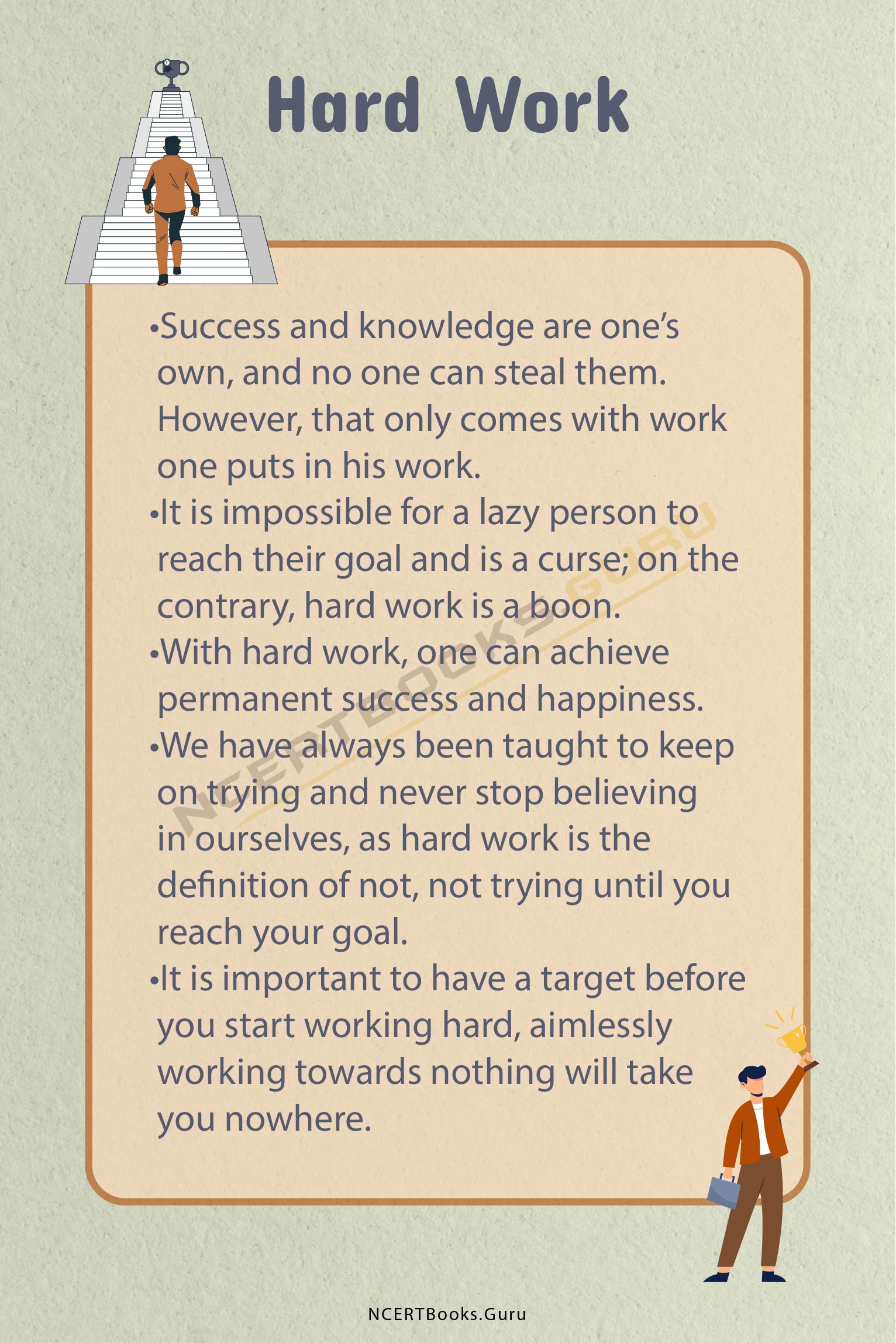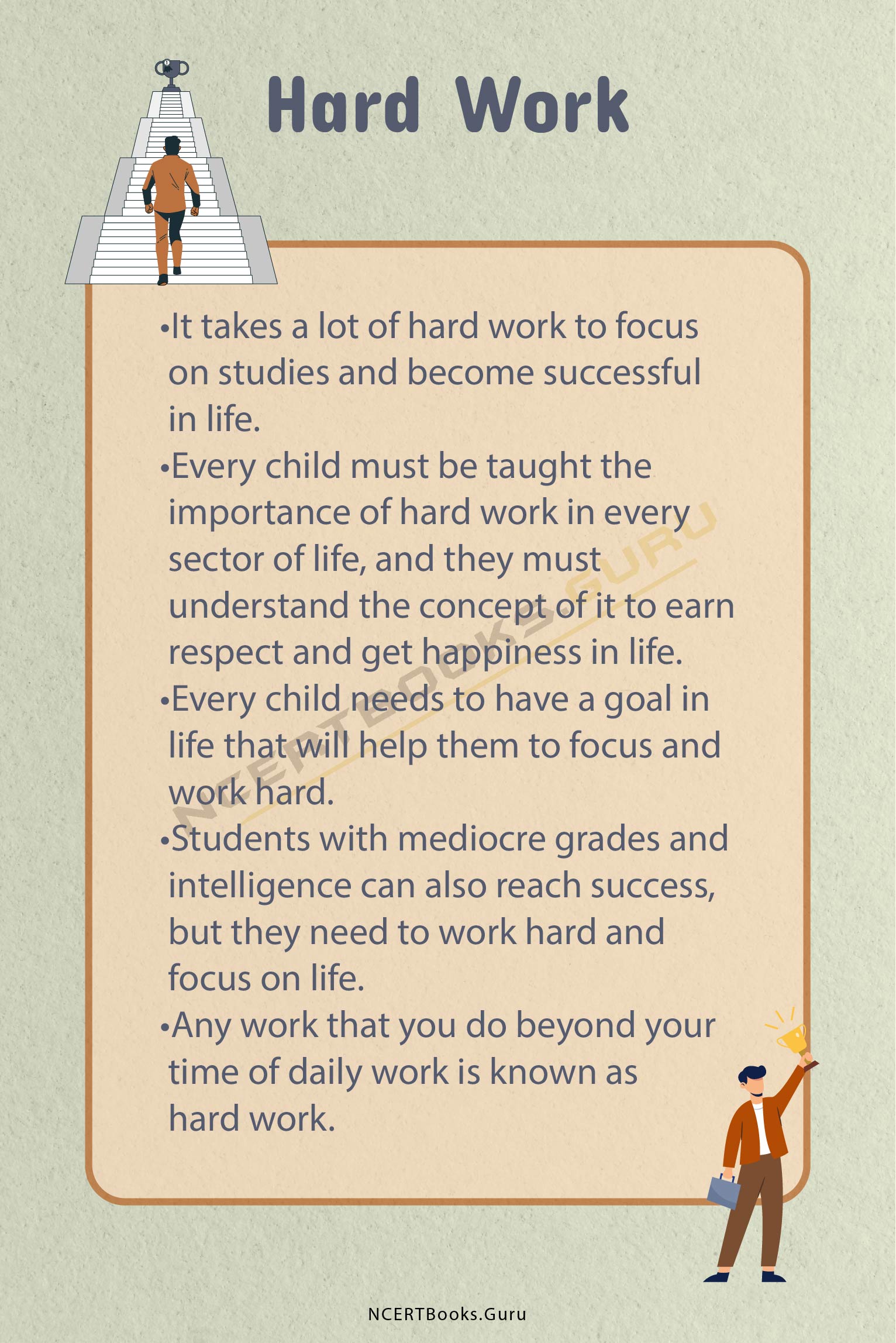10 Lines on Gautama Buddha: According to the Dashavatar or Ten incarnations concept, Lord Gautama Buddha is considered the ninth incarnation of Lord Vishnu. He was born as Siddharth Gautama, in Lumbini, Kapilvastu, which is present in modern Nepal. The name of his father was Shuddhodan, and the name of his mother was Mahamaya. He was born into a wealthy family of King. Even being born in such a rich and royal family, he renounced all the material luxuries to attain spiritual happiness.
According to Gautama Buddha, a soul aims to detach himself from the birth cycle and attain moksha, or salvation. Such a transition in his thought process took place when he once out of his kingdom saw three people out of which one was an older person; the other person was suffering from some disease while the other was a deceased person. By seeing these people, he understood that one should renounce all the worldly pleasures to seek spiritual happiness. Thus, he founded Buddhism, to awaken people and lead them on a spiritual path. The teachings of the Buddha were initially made in the Pali language. He died in 483 BCE or 400 BCE aged 80, Kushi Nagar, Malla Republic.
Enhance your vocabulary and writing skills with 10 Lines Essays available. Spark up the creativity in you and access various Topics on 10 Lines all in one place.
Set 1 – 10 Lines on Gautama Buddha for kids
Set 1 is helpful for students of Classes 1, 2, 3, 4 and 5.
- Gautam Buddha is said to be the founder of Buddhism.
- The name of his father was Shuddhodan, and the name of his mother was Mahamaya.
- Gautama Buddha was born in 563 B.C. at Lumbini, Kapilvastu Nagar, and The Kingdom of Nepal.
- Gautama Buddha had a wife named Yashodhara.
- The name of his son was Rahul.
- Gautama Buddha attained enlightenment by meditating for twelve long years.
- The teachings of Lord Buddha have been made and inscribed in the Pali language.
- Lord Buddha taught people to be kind to men and animals as well.
- According to Buddha, desire is the cause of all suffering.
- Lord Buddha was the most significant philosopher of all time.
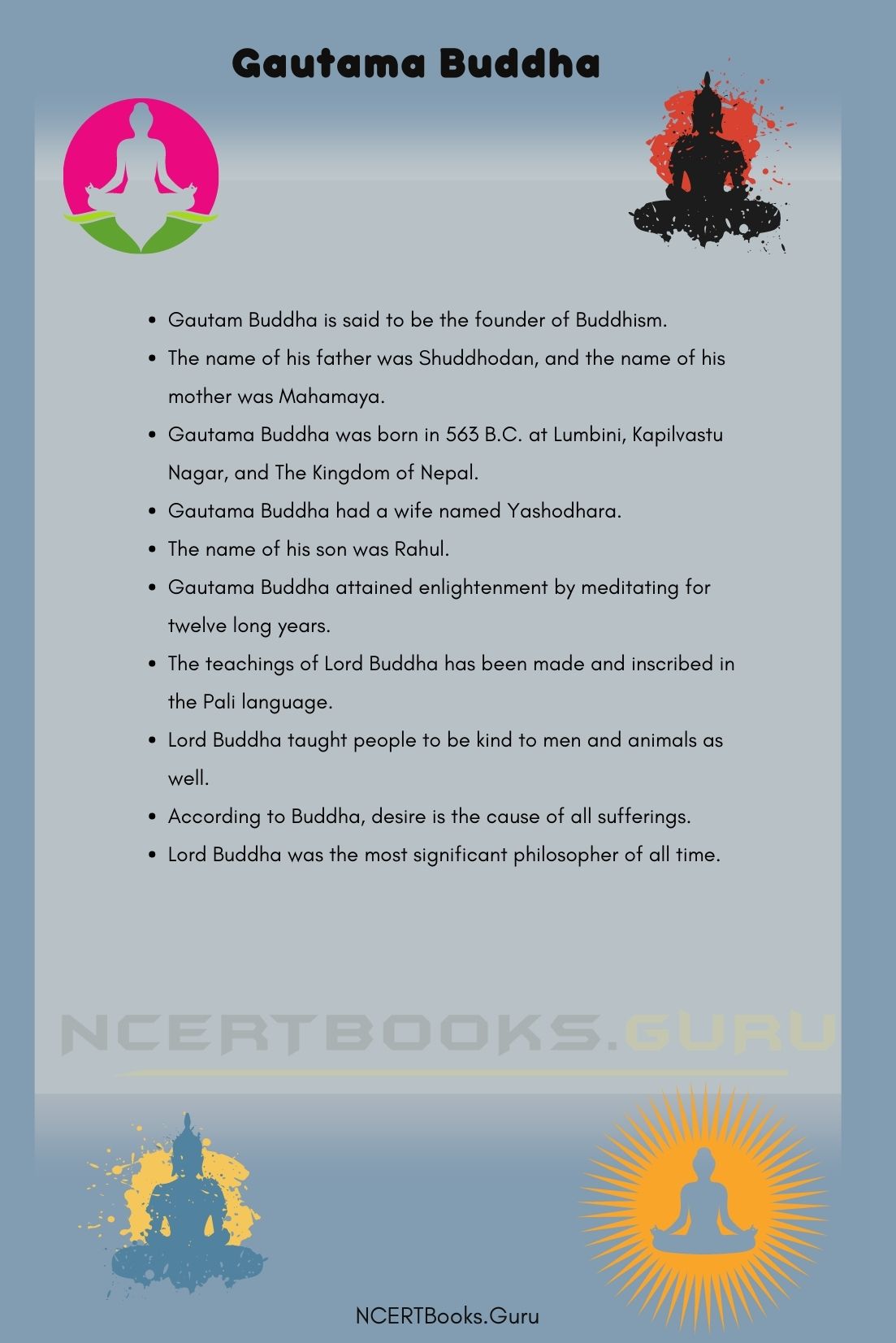
Set 2 – 10 Lines on Gautama Buddha for School Children
Set 2 is helpful for students of Classes 6, 7 and 8.
- Gautam Buddha was the founder of Buddhism.
- His last name was Siddhartha before he left all the earthly pleasures.
- He was the Prince of Lumbini, Kapilvastu Nagar, born to the King Shuddhodan and his mother was Mahamaya who died
- just after seven days of his earth.
- He was brought up and raised by his stepmother Mahaprajapati.
- On seeing three kinds of people, including a diseased person, a dead body, and an older person, his mind changed to become an ascetic.
- He was married to Yashodhara, and they had a boy born out them named ‘Rahul.’
- Gautama Buddha got enlightenment under a Bodhi tree.
- Gautama Buddha is considered to be the ninth incarnation of Lord Vishnu, according to the Hindu mythologies.
- Gautama Buddha was the preacher of peace in the world. According to Gautama Buddha, the ultimate aim of life is to attain salvation.
Set 3 – 10 Lines on Gautama Buddha for Higher Class Students
Set 3 is helpful for students of Classes 9, 10, 11, 12 and Competitive Exams.
- Gautama Buddha was a great philosopher and was the founder of Buddhism.
- Gautama Buddha was born in 563 BCE or 480 BCE Lumbini, Shakya Republic and died in 483 BCE or 400 BCE aged 80, Kushi Nagar, Malla Republic.
- Gautama Buddha was born to a king family in the Sankhya clan and was formerly known as Siddhartha Gautama before he renounced the world.
- He taught people about preaching peace and attaining moksha, that is, salvation as it releases the soul from the cycle of birth.
- Gautama Buddha said that expectations are the root causes of suffering, so one should not expect.
- Gautama Buddha attained enlightenment under a pipal tree known as “the Bodhi tree”— In Bodh Gaya, Bihar.
- Buddha, in the literal meaning, means “The awakened one”.
- He practised meditation by learning it from his teachers and taught his disciples about the same thing.
- The Jataka tales are a compilation of the stories of Buddha in his previous birth.
- After, attaining Nirvana, Buddha could take complete control over his senses and abandoned desire, hatred, and ignorance.
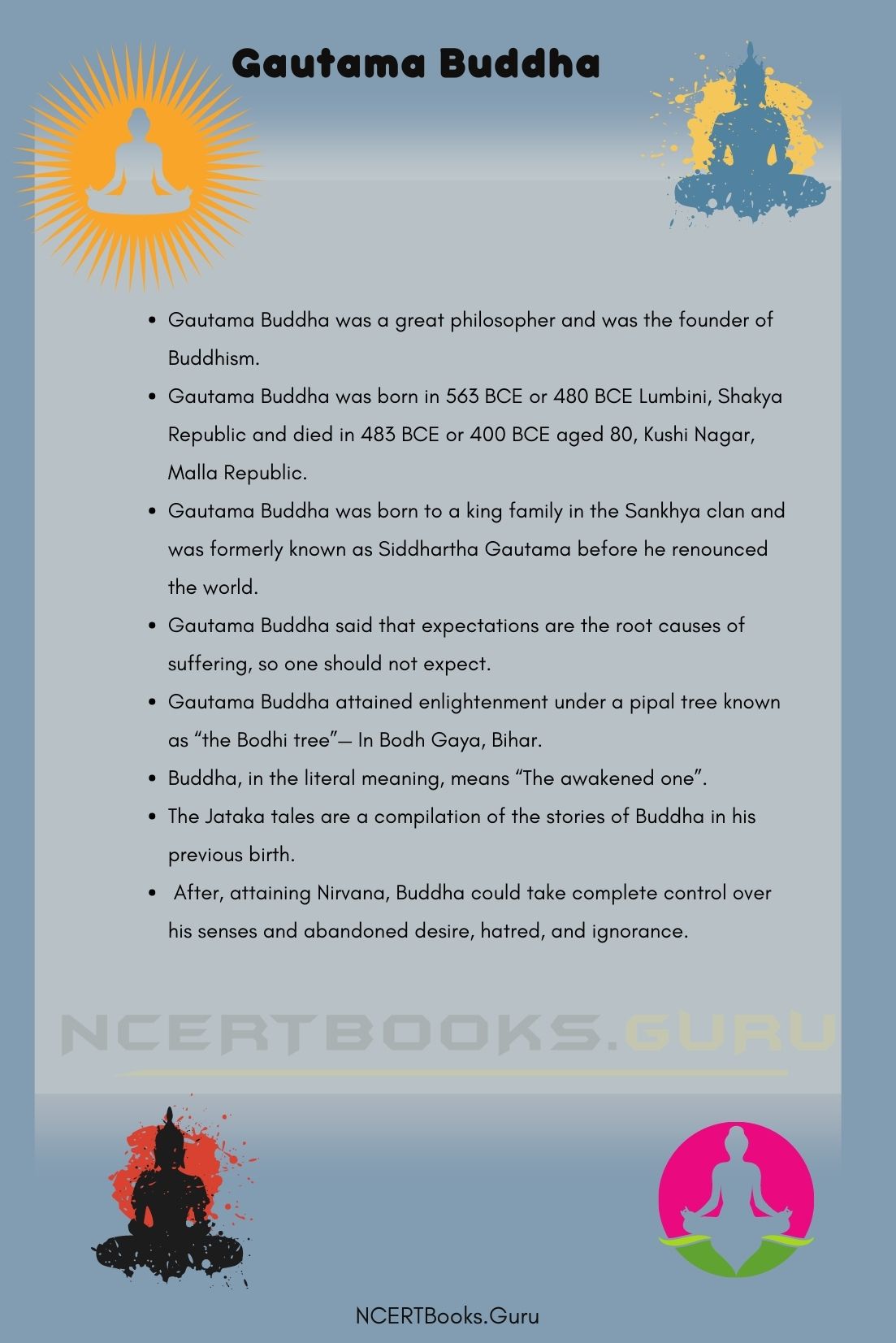
Frequently Asked Questions on Gautama Buddha
Question 1.
Where was Gautama Buddha born?
Answer:
Siddhartha Gautama, the last name of Gautama Buddha, was born in 563 BCE or 480 BCE at Lumbini, the Shakya Republic presently in Nepal.
Question 2.
What is the main aim of Buddhism?
Answer:
Buddhism teaches that the ultimate aim of life is to attain salvation by getting detached from birth cycles.


